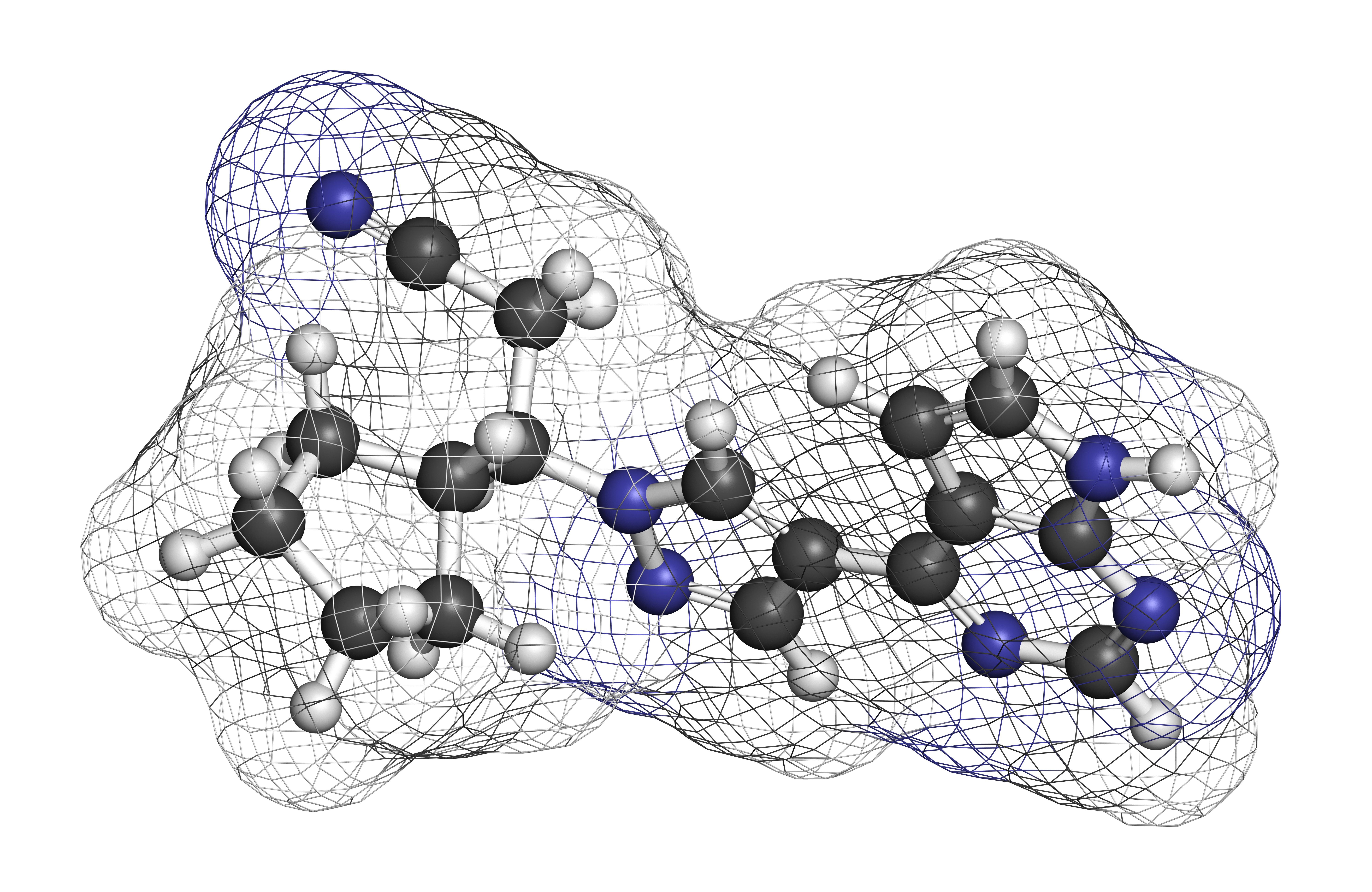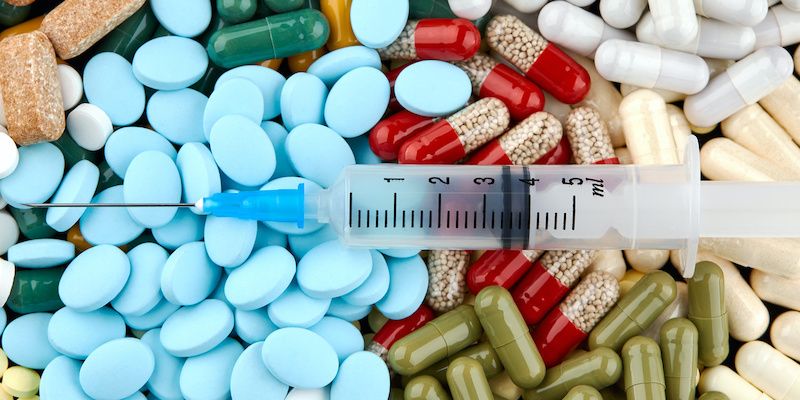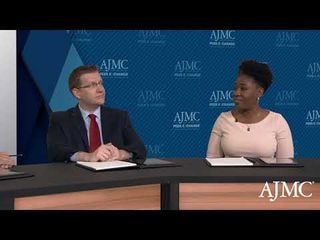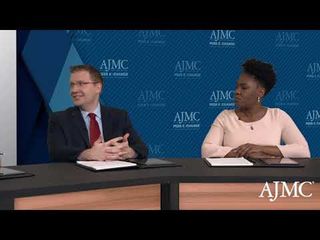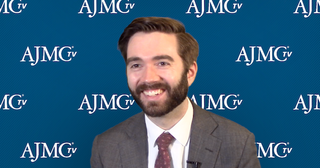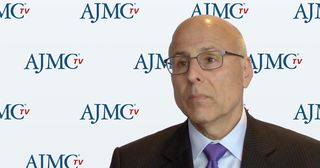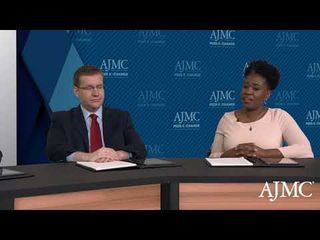
Rare Disease
Latest News
Latest Videos

CME Content
More News

Using the new data initiative, researchers hope to diagnose unsolved cases of rare diseases.

Results of a clinical trial indicate peer-delivered interventions can help patients with rare diseases achieve disease acceptance.
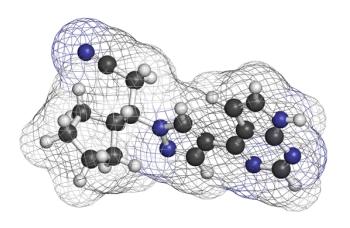
The study of 57 patients with acute graft-versus-host disease (aGVHD) also showed that patients tolerated the treatment, offering promise for preventing and managing the complication of transplantation, which affects up to half of patients.
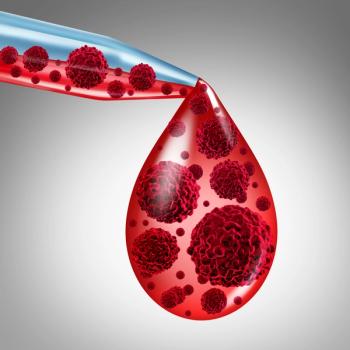
According to researchers, type 2 inhibitors do not seem to result in persistence of disease. In one mouse model, the inhibitor type was shown to also have a greater effect on disease biology.

The study portrays the intense need for daily care experienced by children with aromatic L-Amino acid decarboxylase deficiency (AADC-d) and their families.

A phase 3 trial explored which treatment option for pemphigus vulgaris, a rare skin disease, resulted in better outcomes after 52 weeks.
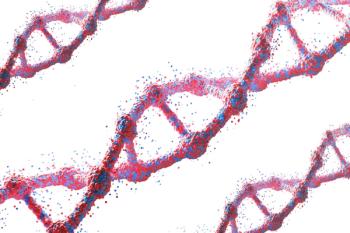
There are no curative treatments for Tangier disease, but gene therapy for ABCA1 has been highlighted as a potential avenue for treating the disease, say the researchers of the paper.
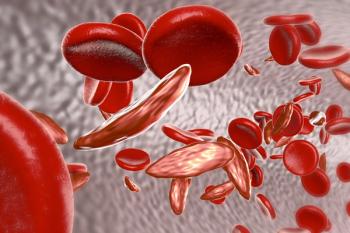
Patients with sickle cell disease face substantial health care utilization and impaired health-related quality of life (HRQOL).

Hospitalized infants with the rare metabolic disorder maple syrup urine disease (MSUD), who are intolerant to oral or enteral administration of branched-chain amino acid-free formula, may benefit from an intravenous formulation.

For patients with acute and chronic graft-vs-host disease (GVHD), systemic treatment with steroids is the standard of care, and although steroid-related complications are common, the associated health care resource utilization and costs are not well documented.
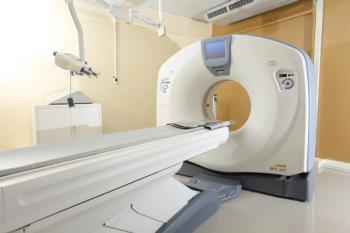
The current standard calls for bone marrow biopsies, which are invasive and costly.

The current treatment landscape of polycycthemia vera (PV) hinges on treatments like hydroxyurea and ruxolitinib, the latter having emerged as an effective second-line therapy in patients with severe pruritis, symptomatic splenomegaly, or post-PV myelofibrosis symptoms.

Researchers discuss the unique fetal and maternal challenges for pregnant women with myeloproliferative neoplasms, with insight and recommendations provided on the potential benefit of aspirin therapy, cytoreductive therapy, and systemic anticoagulation.

According to the report, direct medical costs represented less than half ($418 billion, or 43%) of overall annual costs.

The review comes amid growing attention directed at identifying treatments that can prevent progression of polycythemia vera (PV) to myelofibrosis or an aggressive form of acute myeloid leukemia.
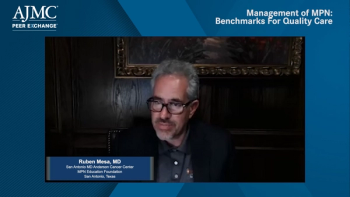
Ruben Mesa, MD, leads a discussion on key benchmarks and final thoughts about good-quality care programs for patients with MPNs, including parameters for judging efficacy and safety.
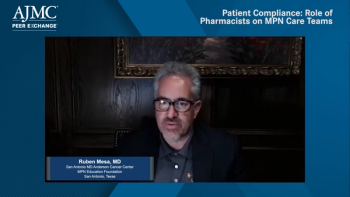
Jamile Shammo, MD, Ruben Mesa, MD, and Michael Reff, RPh, MBA, discuss having pharmacists on MPN care teams and the effect they have on patient compliance.

A new study finds no link between the UK COVID-19 variant and more severe disease; study finds more than 1 in 10 US children with COVID-19 hospitalized; therapy setbacks in Huntington disease.
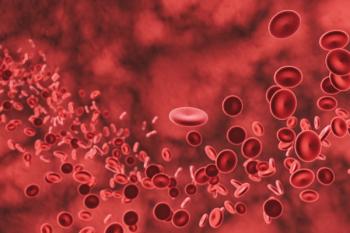
The study also indicated that the type of transplantation donor impacted outcomes following the procedure.
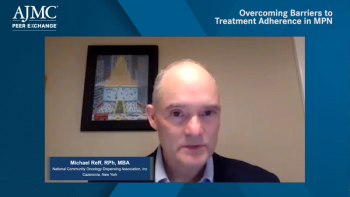
Michael Reff, RPh, MBA, provides insight on adherence programs for MPNs and discusses why patients may not be adherent to therapies.

Kathy Oubre and Michael Reff, RPh, MBA, address the lack of treatment adherence among patients with MPNs and how to overcome this with a best-practice approach.

According to authors, magnetic resonance imaging (MRI) should be used when incomplete signs of the rare complication are presented to help guide the skin biopsy.

According to a recent review, data suggest mast cells have an important role in tissue homeostasis and wound healing, with mass cell dysregulation potentially leading to fibrotic disease.
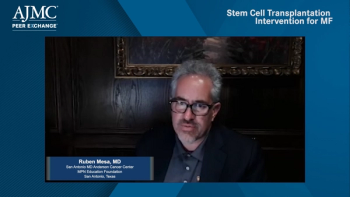
Ruben Mesa, MD, shares his thoughts on stem cell transplantation related to progression-free survival in MPNs, and Kathy Oubre highlights the importance of good working relationships.
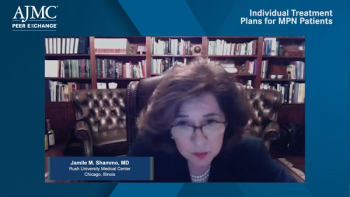
Jamile Shammo, MD, discusses creating individual treatment plans for MPNs and following patients to have a better understanding of how they will respond to treatment.




